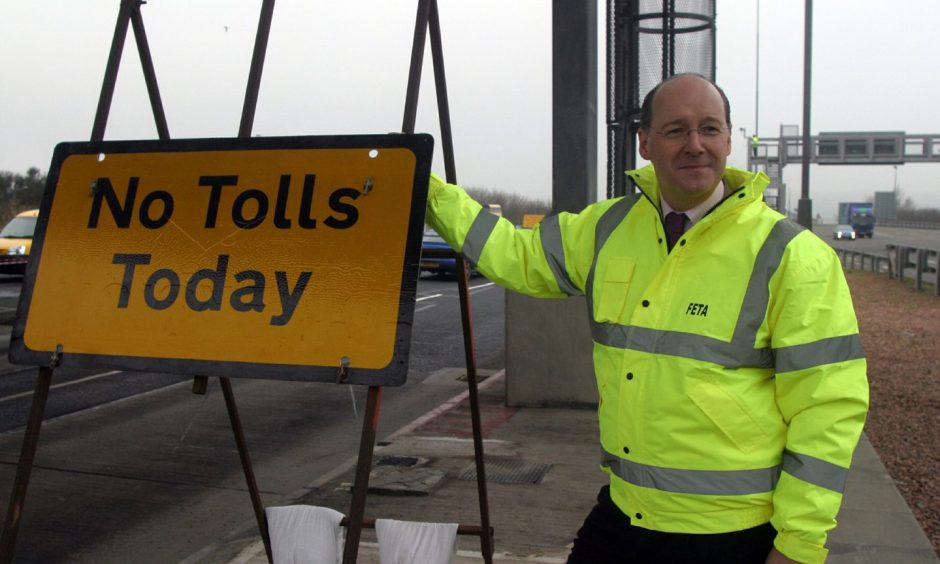
Newly released official documents show how SNP ministers were determined to deliver their vote-winning 2007 pledge to abolish bridge tolls, despite economic warnings it would be poor value for money.
Documents on the main topics during Alex Salmond’s first year in charge of the minority SNP government are being made public today for the first time.
And after forming such a crucial part of their offering to Scots, it was the abolition of bridge tolls which dominated the first days.
Within a week of being appointed finance secretary, John Swinney prepared an analysis setting out the case for scrapping the fees.
The paper suggested the move would incur “significant” financial implications – and could cost as much as £100 million.
As well as the financial hit from making around 150 staff redundant and paying off the outstanding debt owed for the Tay bridge, toll receipts worth £15 million a year would be lost.
Meanwhile, studies carried out for the government suggested the economic benefit at a national and local level would be small – totalling around £25 million, mainly in Tayside.
“In purely economic terms therefore the toll removal would be seen as poor value for money, but the argument here is one of equity of treatment rather than economic impact,” the paper said.
Cabinet decided to press ahead, with Mr Swinney’s analysis arguing the issue was one of fairness – with Fife the only area in Scotland where motorists had to pay to enter from the north or south.
Reflecting on his role in removing the tolls 16 years later, Mr Swinney stressed the importance of fulfilling the commitment.
“We set about as an early priority taking the steps to legislate to abolish the tolls,” he told us.
“No issue is ever straightforward, on the question of the abolition of tolls, all issues had to be looked at.”
The legislation to abolish the tolls was the first introduced to parliament by the new government, passing in September 2007 and coming into affect the following February.
Scrapping tolls was question of inequity for SNP
On the economic advice, the Perthshire MSP said that while the bridges provided a revenue stream, and had been been applied to support the construction of the bridges, they had “gone on for a lot longer than they should have been”.
He added: “That’s where the case of equity came in. In any judgement you have competing factors, and cabinet decided that the stance that should be taken was one that put the highest weighting towards tackling the inequity at the heart of the pressure to remove the tolls.”
Prior to the 2007 election, the Labour Executive led by Jack McConnell had been strongly against removing the tolls.
In 2006, ministers at the time even discussed raising the Forth Road Bridge toll to £10 in order to help fund a new crossing.
But by the time the SNP legislation came before parliament in late 2007, only Green MSPs Patrick Harvie and Robin Harper voted against the abolition.
Mr Swinney said he was surprised by opposition parties’ reversal.
He said: “The stance Labour took before 2007 was indicative of the lack of boldness that was around in that administration.
“They were a dull, unambitious administration, and the public saw that. Bridge tolls was one example where they couldn’t see the inequity of decisions.”
Did a £1 bridge toll help usher Alex Salmond into government?
The results of the 2007 Scottish Parliament election were tight. Alex Salmond’s SNP secured 47 seats compared to Labour’s 46.
The single seat allowed the nationalists able to form a minority government, forcing Labour out of power for the first time since devolution.
Many who were present at the time believe it was the bruising result for Scottish Labour in Dunfermline West turned out the one the seats that sealed the party’s fate.
A 10.8% swing saw Scottish Liberal Democrat candidate Jim Tolson elected, denying Labour a 47th seat and the chance to form another coalition government.
North East Fife MSP Willie Rennie, who was the MP for Dunfermline and West Fife in 2007, said the tolls played an important part in his party’s success locally.
He told The Courier: “My by-election victory in the 2006 Westminster by-election and the subsequent win for Jim Tolson in 2007 were partly secured because of this issue.
“At the time, the tolls on the Skye and Erskine bridges had been abolished which drew a sharp contrast with the east coast on the Tay and the Forth where there were no proposals for abolition.
“Labour lost both the 2006 and 2007 elections in part because of the tolls but not simply because of the tolls.
Labour ‘had become out of touch on tolls’
“It was because they had become out of touch with voters on the tolls, the state of the high street in Dunfermline and the downgrading of the Queen Margaret Hospital too.”
Mr Rennie said there was pressure from Edinburgh to retain the toll on the Forth Road Bridge because they were worried about an increase in traffic volumes on the busy city roads.
But he added: “It was seen as an unfair tax which people wanted to abolish. There was also an argument that the toll booths contributed to the significant congestion going south in the morning and north in the evening.
“At the same time there was a debate around whether a new crossing was required at Queensferry because of reports of the weaknesses in the main cables on the Forth Road Bridge.
“This was a much more expensive discussion for ministers who faced competing pressure for capital investment elsewhere in the country.”
Listen to our weekly Scottish politics podcast, The Stooshie, for analysis and interviews on the stories that matter across Tayside and Fife.
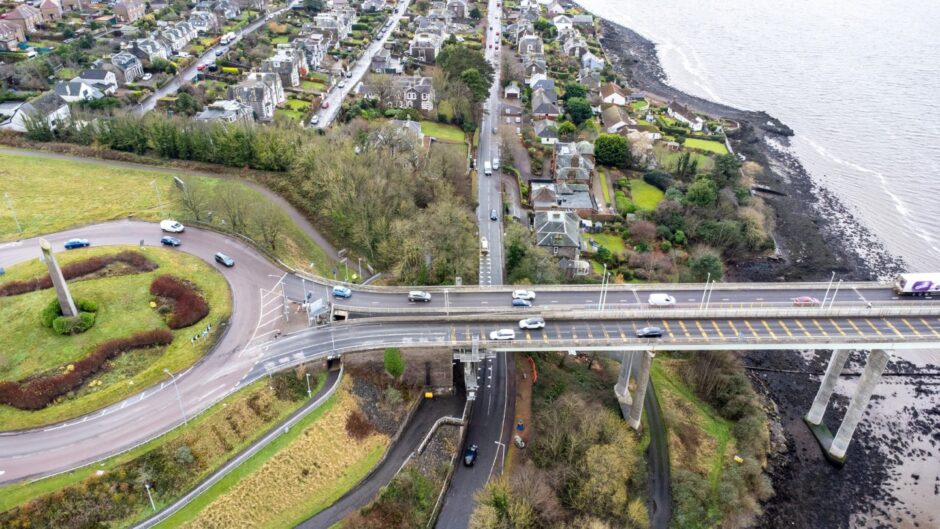
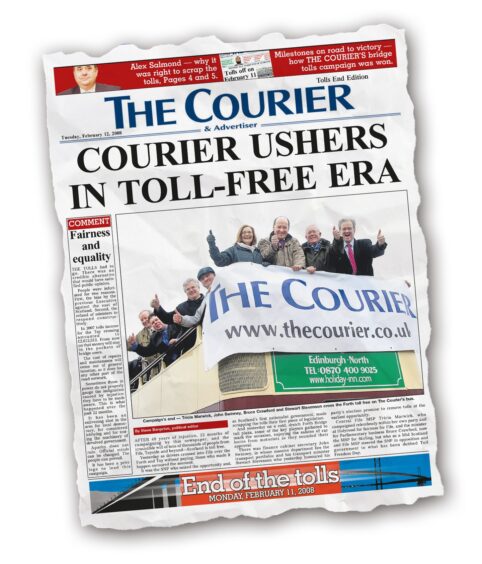

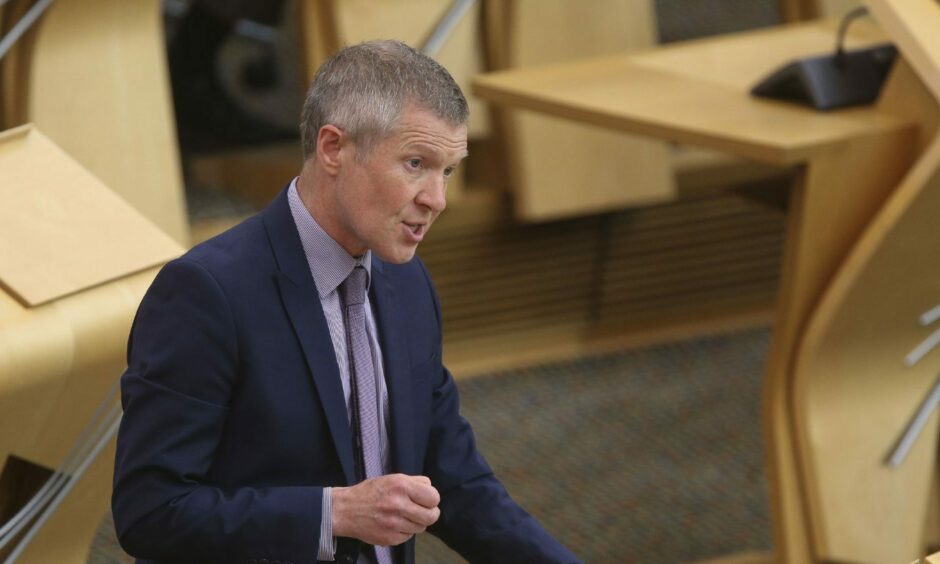
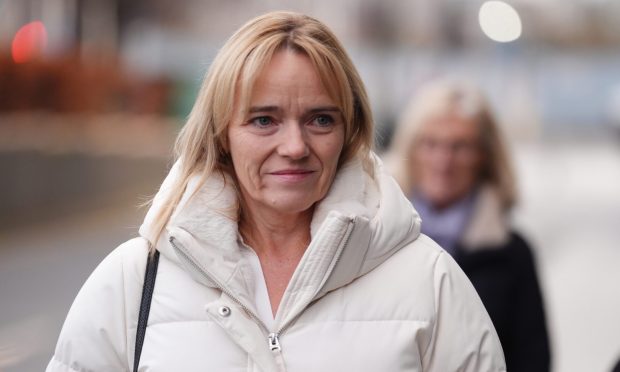
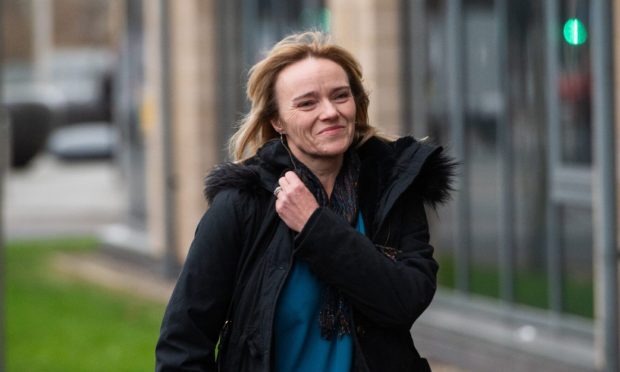
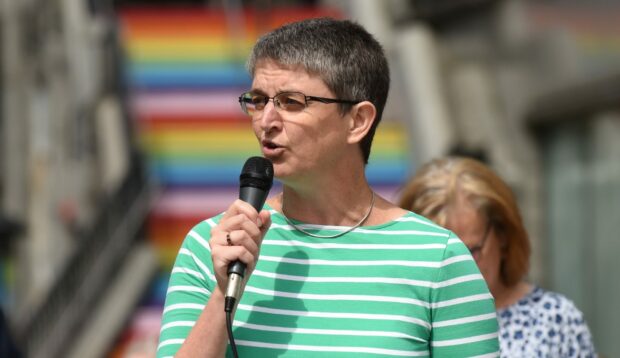
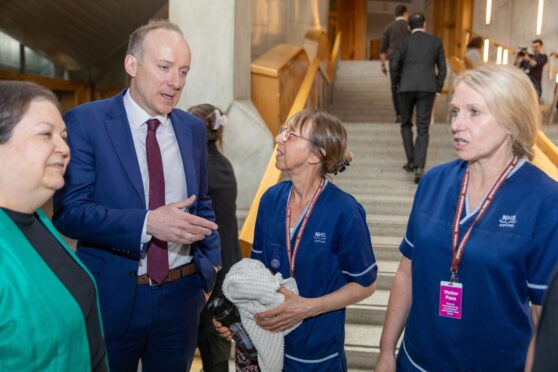
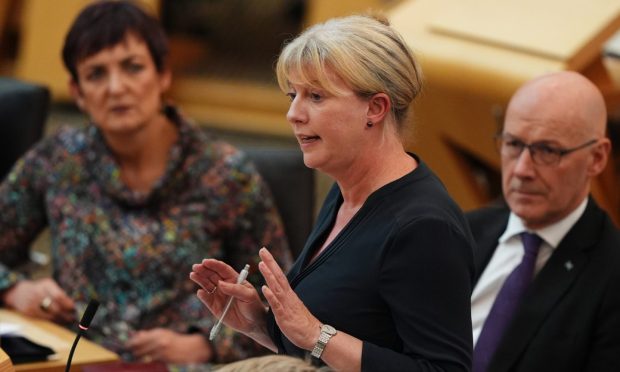
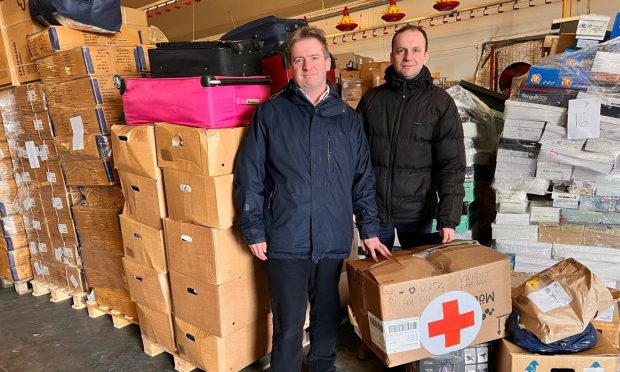
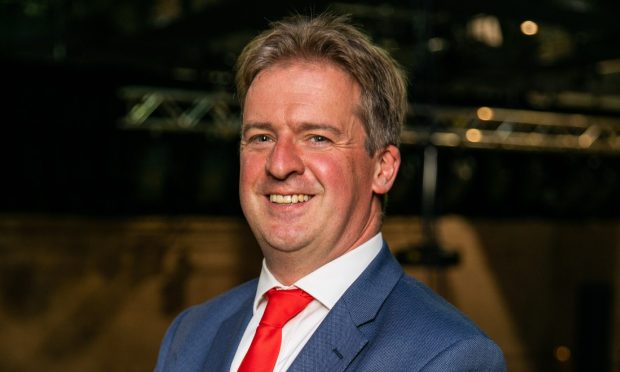
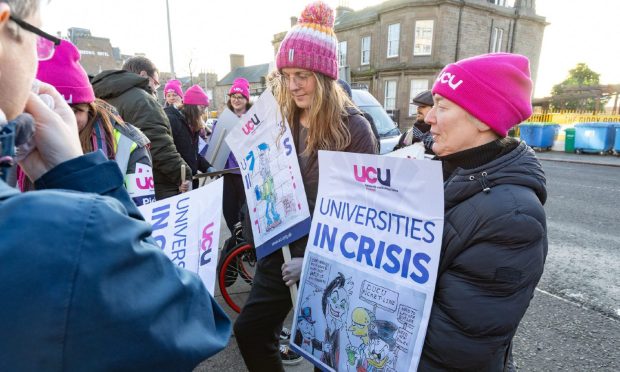
Conversation